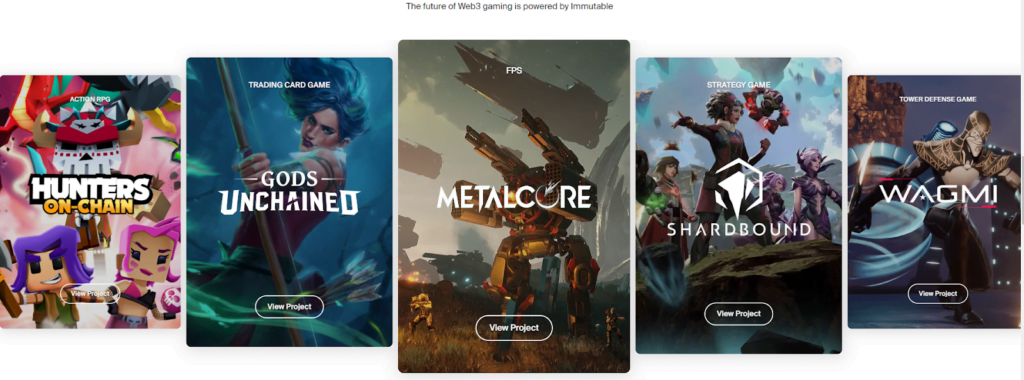Research Summary
This report examines three case studies of gaming marketplaces: Valve’s Steam Store, Facebook & Zynga, and Second Life by Linden Labs. It explores the different models of these marketplaces, their successes and challenges, and the factors that drive player engagement and marketplace activity.
Key Takeaways
Valve’s Steam Store: A Creator-Led Economy
- Strong Player-to-Player Marketplace: Valve’s Steam Store has a robust player-to-player marketplace, with around 161 million logins per month and approximately $12 million worth of listed items. The marketplace allows players to buy and sell cosmetic items, primarily in games like DOTA2.
- Third-Party Markets: Third-party markets like DMarket have been set up to trade items and avoid Steam’s fees. DMarket offers lower prices and lower fees compared to the Valve Marketplace, making it an attractive option for buyers and sellers.
- Monetization and Market Influence: Monetization is the primary motivation for sellers on DMarket, especially for highly expensive items ($100+), indicating a strong demand for game items. DMarket and its sponsored influencers can become market makers, dictating taste changes and increasing the value of certain items.
- Valve’s Control Measures: Valve implemented measures to lock-in value into the ecosystem, including restrictions on item transfers and a 5% fee for the marketplace. They also implemented a cooldown period of seven days for traded items to prevent shilling and stimulate real sellers.
- Marketplace Model Grievances: Some grievances with the marketplace model include high fees and difficulty in searching and categorizing items.
Facebook & Zynga: The Rise and Fall of FB Credits
- FB Credits System: Facebook created the FB Credits system as a unifying virtual currency to be used across its platform. However, within 18 months, Facebook removed the FB Credits system due to user experience issues and low utility.
- Zynga’s Role: Zynga, the largest third-party publisher on Facebook, played a pivotal role in the rollout of FB Credits. Zynga’s games achieved unprecedented growth and scale, with millions of daily active players and monthly active players.
- Challenges and Lessons: The shift to mobile gaming and the lack of transferability of FB Credits outside of the Facebook Canvas application contributed to its demise. Facebook is likely to approach future virtual currency ventures with a focus on user experience and ensuring every application can spend the currency in-app.
Second Life by Linden Labs: An Open Ecosystem
- Virtual World Simulation: Second Life is a 3D virtual world that simulates various aspects of real life and still maintains a significant player count and daily active users. The Linden Dollar (L$) is the only currency of trade within the game and cannot be withdrawn directly from Second Life.
- Community and Economy: The community of Second Life is considered one of the oldest and highest spending digital communities, with upfront costs serving as a barrier for new users. Players must purchase L$ through the LindeX exchange, which has a free-floating cost for L$ that oscillates between 240 and 250 L$ per USD.
- Land Ownership and Auctions: Land is a finite resource in Second Life, and its ownership is linked to gameplay features and monetized assets. Land auctions are a significant source of earnings for individuals and Linden Labs.
- Control and Sustainability: Linden Labs has successfully created and maintained a vertically integrated virtual world with a positive economy for 14 years, supporting creators and allowing an internal ecosystem to thrive. The sustainability of users is crucial for the success of any game, and Linden’s approach of maintaining control over certain aspects while allowing users to own others has been effective.
Actionable Insights
- Importance of Player Engagement: Developers need to prioritize fun, progressive, and interesting features in their games, with a healthy marketplace being secondary. The more embedded transactions are within the game, the more likely players are to make purchases.
- Control Over On- and Off-Ramps: Control over the on- and off-ramps of the system is crucial for the success of marketplaces. This would be challenging to achieve on a blockchain.
- Virtual Currencies and Convenience: The USD remains the dominant measure of wealth in the gaming industry, and virtual currencies that inhibit convenience tend to lose out to those that are widespread and easy to use.












